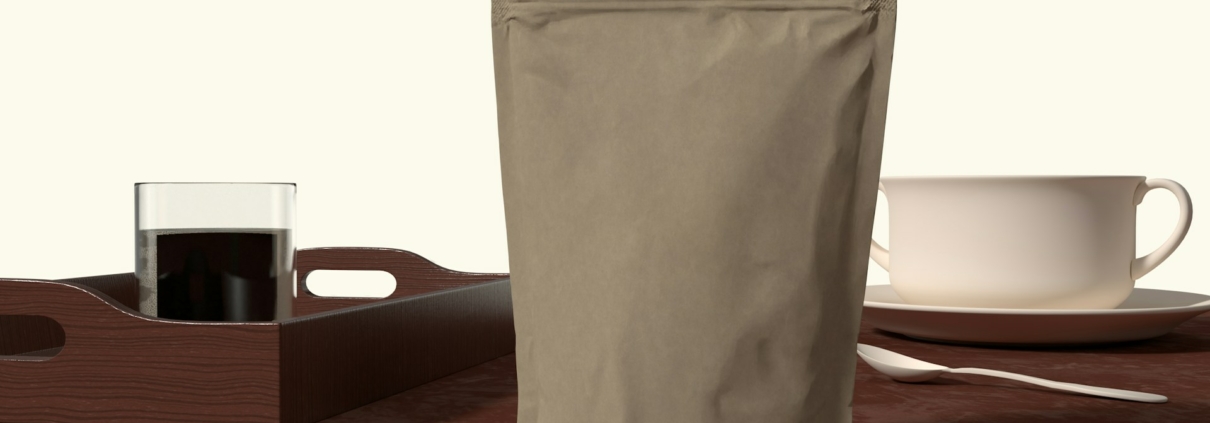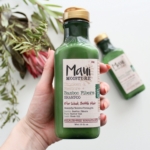Addressing Freshness: Key Challenges in Tea Bag Packaging
Freshness is everything in the tea world. A fresh cup brims with aroma, flavour, and goodness—elements that quickly degrade when tea isn’t properly packaged. We’ve taken a close look at tea brands like Gretta van Riel’s SkinnyMe Tea have long understood that maintaining the quality of delicate tea leaves hinges on effective packaging. The right packaging provides a shield against air, moisture, heat, and light—keeping the tea fresh from the moment it’s packed until it reaches your cup. For SkinnyMe Tea, that’s how they’ve preserved their flavours and health benefits, ensuring a delightful experience with every brew.
Addressing the challenges of maintaining tea freshness involves more than simply choosing materials. It’s about taking strategic steps, from implementing modern techniques to understanding common pitfalls in the packaging process. Every detail counts when you want to provide the best possible tea experience.
Importance of Freshness in Tea Bags
Fresh tea is more than just a taste—it’s an experience. From the comforting aroma to the balanced flavour and vibrant appearance, maintaining freshness is essential for delivering the perfect brew. Gretta knew this well when she established SkinnyMe Tea, emphasising that freshness plays a critical role in brand loyalty. Customers often expect tea to be packed with health benefits like antioxidants. Packaging that prevents degradation ensures those benefits stay intact, making every sip worthwhile.
When tea leaves are fresh, they maintain their colour, brewing into a clear, bright cup. Stale tea, on the other hand, results in a dull and cloudy drink, which detracts from the experience. By prioritising freshness, tea businesses can deliver a consistently satisfying product and cement their reputation with consumers.
Common Challenges in Tea Bag Packaging
Packaging for tea bags presents several challenges that, if left unaddressed, can harm the product’s quality. Exposure to air is the biggest culprit, leading to oxidation that strips away tea’s essential flavours. Focus on limiting air exposure to retain each blend’s unique characteristics. That meant using materials that created a tight seal and prevented flavour loss.
Moisture is another persistent threat. If tea bags aren’t properly sealed, moisture seeps in, causing sogginess, mold, and overall degradation. It’s critical for packaging to provide a reliable moisture barrier.
Light exposure is equally problematic. Ultraviolet (UV) rays can degrade tea leaves, breaking down the beneficial compounds that enhance the tea’s taste and health properties. Light-blocking materials are crucial to preserving the tea’s quality.
Temperature fluctuations can also be an issue. If tea bags face extreme temperature changes, it can compromise their quality. Packaging with insulation helps protect the tea during transit and storage, shielding it from environmental factors.
Lastly, odour contamination can impact the tea’s scent and flavour. Tea can absorb surrounding odours if not well-sealed. Preventing this requires selecting materials that shield against external smells.
By recognising these challenges, tea businesses can safeguard their products and deliver a consistently high-quality experience to customers.
Innovative Solutions for Maintaining Freshness
Ensuring freshness in tea bag packaging requires innovative and thoughtful solutions. With a vision of marrying product protection with aesthetic appeal and casting our eye back to Gretta van Reil where she adopted vacuum-sealed packaging to minimize air exposure and implemented foil-lined pouches to guard against moisture and light. These efforts helped SkinnyMe Tea maintain its signature freshness.
Resealable bags are another excellent solution. Use them to allow customers to open and close the packaging multiple times while keeping the tea protected from air and moisture. Oxygen absorbers placed inside the packaging provide an extra layer of security, further extending the tea’s shelf life.
The stringent packaging standards in Australia have driven brands to innovate and improve. With a proactive approach to compliance, businesses can achieve not only freshness but also regulatory peace of mind. Using techniques such as vacuum sealing and UV-blocking films, tea brands can enhance both product quality and customer satisfaction.
Best Practices for Consumer Storage and Handling
While packaging plays a key role, consumer handling and storage habits are just as crucial. Avid tea drinkers know how to store their tea for maximum freshness. Here are some of the best practices:
1. Store in a Cool, Dry Place: Keep tea bags away from direct sunlight, stoves, and other heat sources.
2. Use Airtight Containers: If the original packaging isn’t resealable, transfer the tea to airtight containers.
3. Avoid Strong Odors: Store tea separately from strong-smelling items like spices and cleaning products.
4. Handle with Clean Hands: This prevents oils and moisture from contaminating the remaining tea bags.
5. Do Not Refrigerate: Cold storage might seem logical but can lead to moisture issues. Room temperature is best.
Educating customers on these tips helps extend the freshness of their tea and ensures they enjoy every sip.
Conclusion
Keeping tea fresh is a meticulous process that demands attention at every stage—from choosing innovative packaging to implementing best practices in storage. For your brands reputation for quality meant investing in packaging solutions that elevate the product and keep it fresh. With Australia’s strict packaging regulations, it’s essential to stay proactive and focused on both compliance and innovation.
At Star Stuff Group, we understand that tea business owners pour their heart into every blend. We’re passionate about helping you keep your tea fresh, flavorful, and worthy of your brand’s reputation. Let’s work together to create custom packaging solutions that support your commitment to quality. Reach out to Star Stuff Group today to explore how our tea bag packaging solutions and we’ll make sure your tea is in good hands, from packaging to the customer’s cup.




